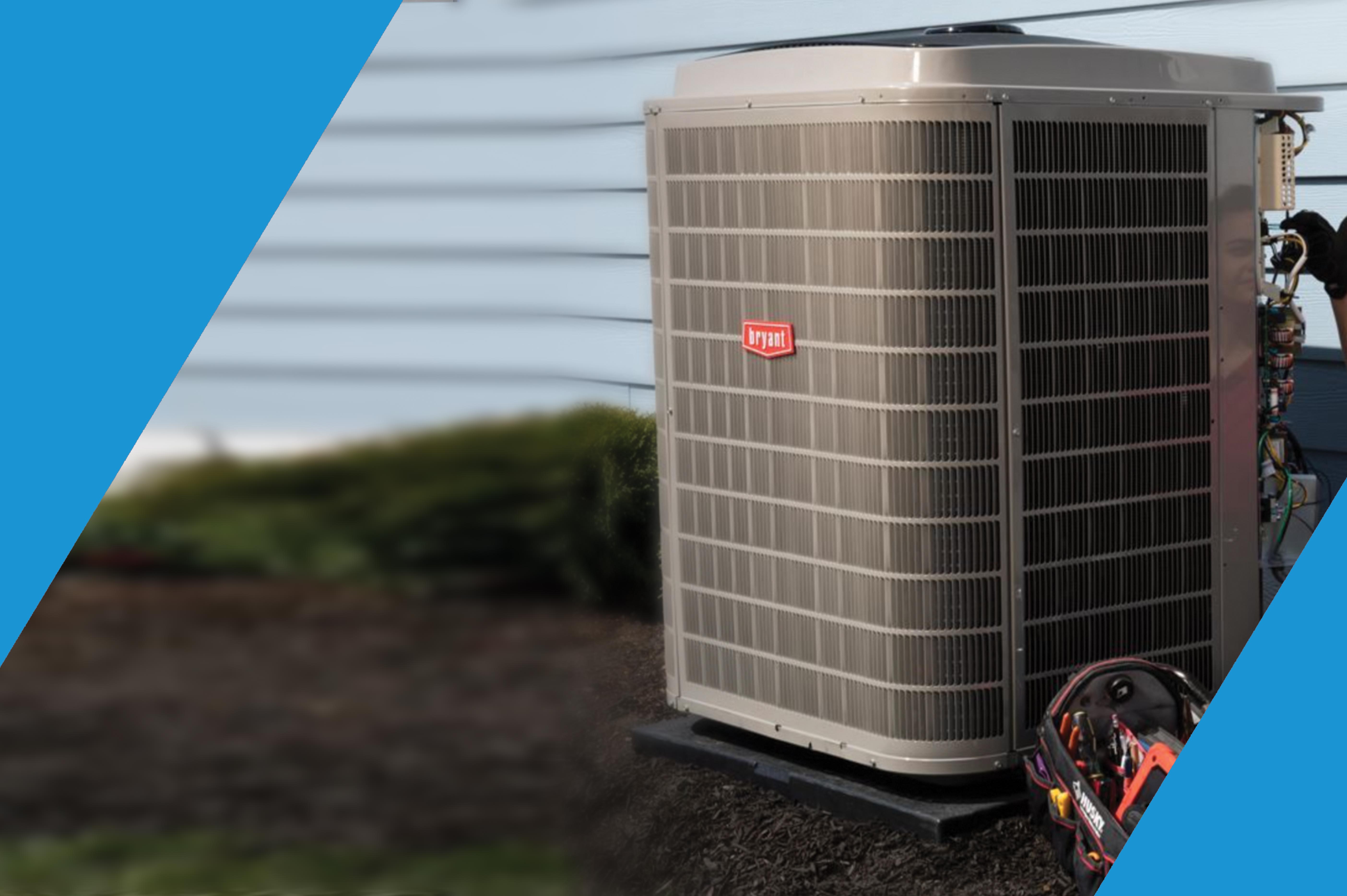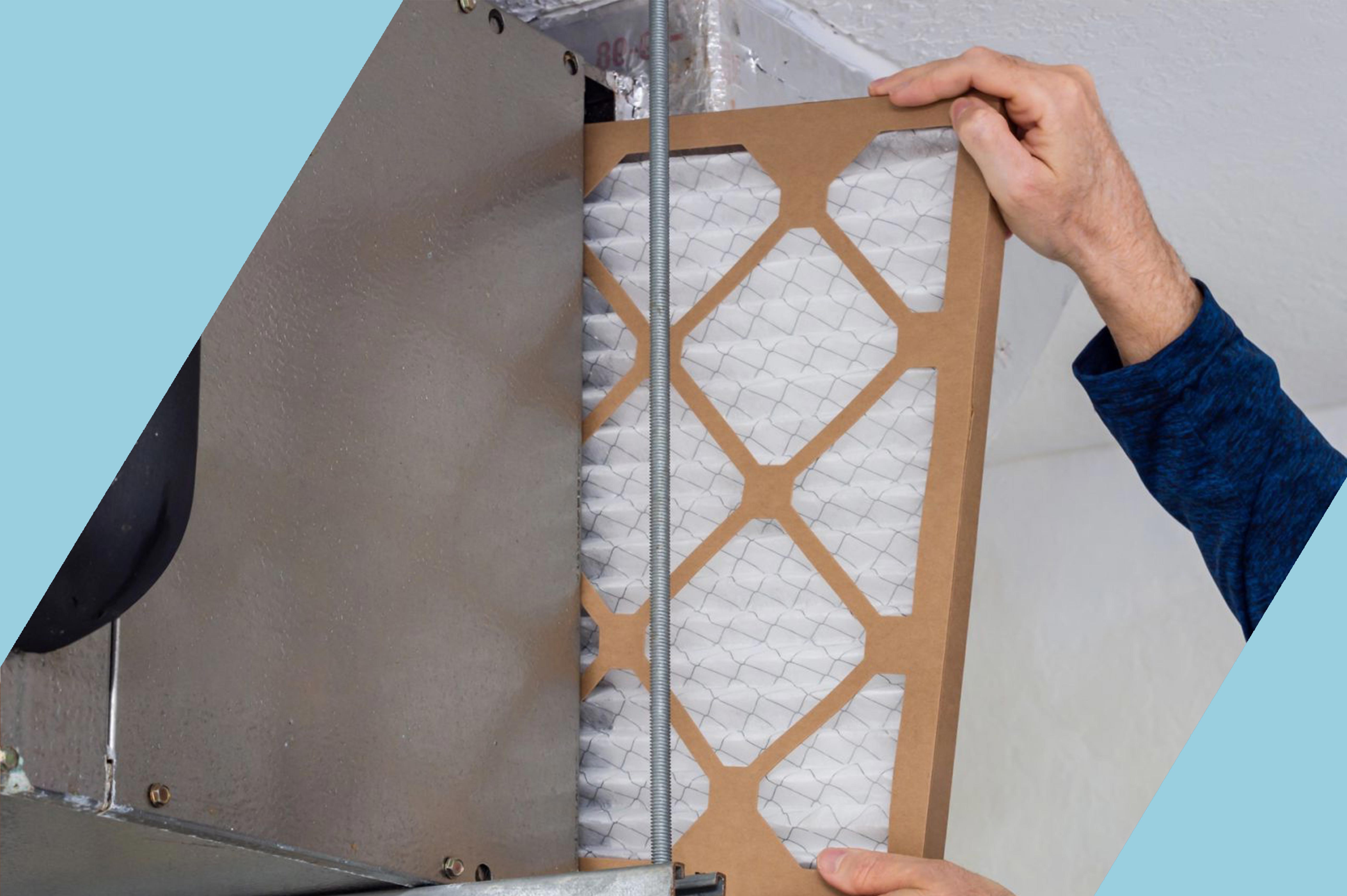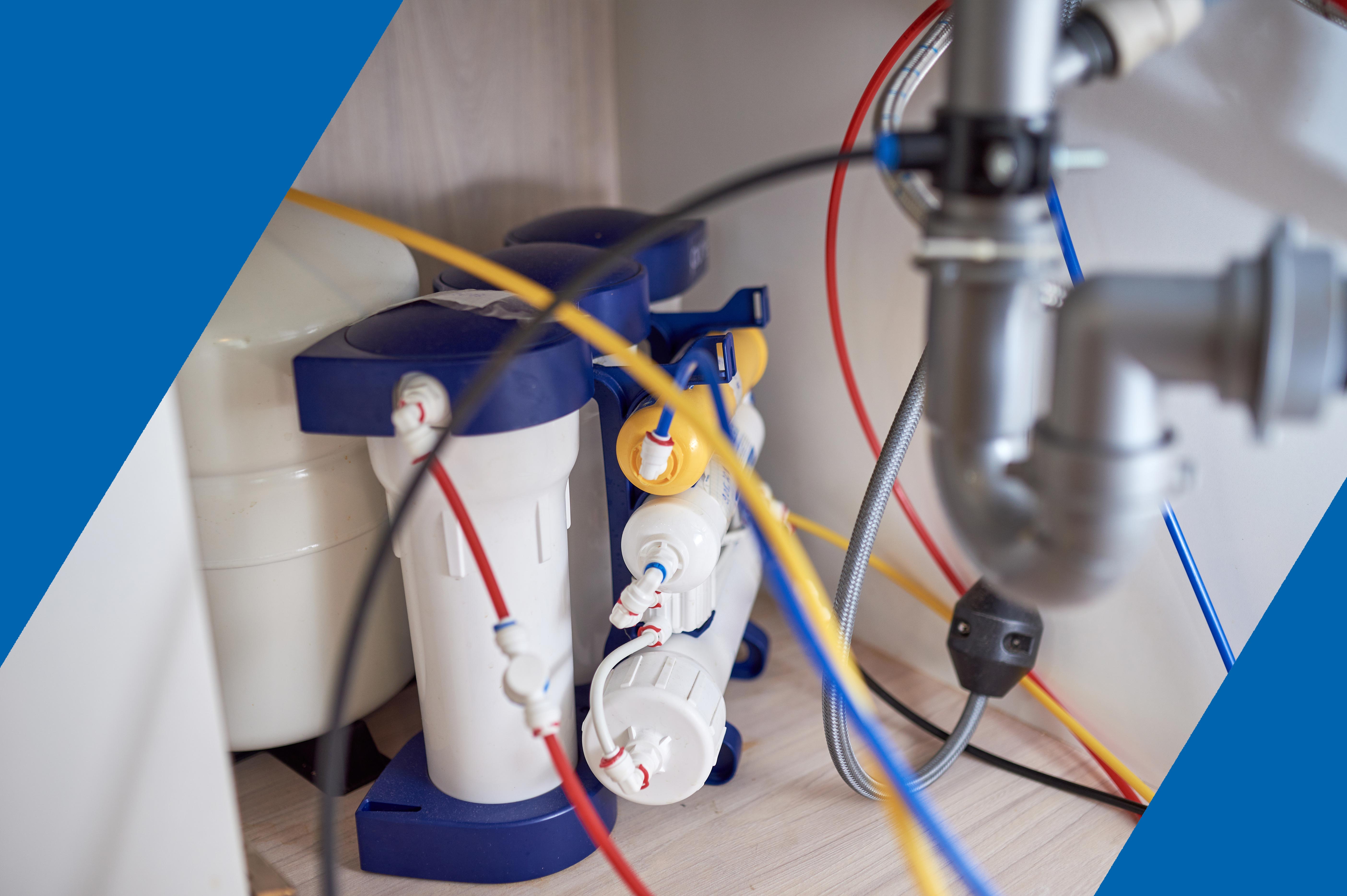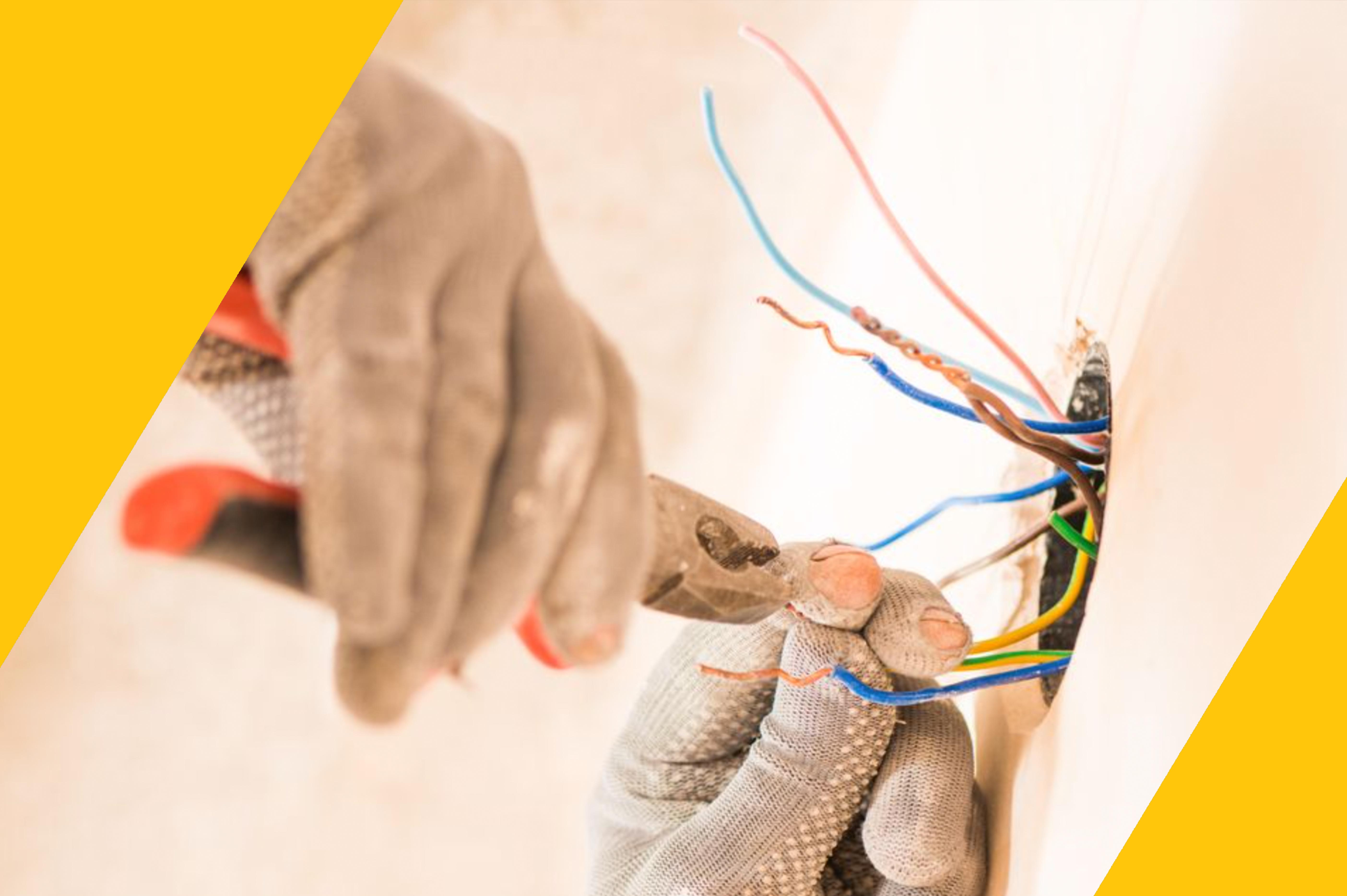
Condensation forms on the inside coil of your AC unit
Water collects at the indoor portion of your air conditioner because there is water vapor in the air. Any amount of humidity may cause water droplets to form on the coil in your air conditioner as condensation. You’ve undoubtedly seen condensation in action plenty of times—as water droplets collect on the outside of a glass on a warm day, for example. The same thing happens in your air conditioner. When warm humid air is pushes past the cold evaporator coil, condensation develops outside of it thanks to the water in the air.The moisture heads to a drainage system
After water develops on the coil, it needs somewhere to go so that it cannot trickle down into the system or into your home. The setup is relatively simple to grasp. A tray sits underneath the coil. The tray is angled and has a hole at the bottom of the slope, so that water can move out and into a drainpipe that moves the water away from the home.Sometimes, this system goes wrong
Unfortunately, water leaks are all too common, and we have to answer a lot of calls about this oftentimes damaging situation. Water can leak back into your home when:- The tray is not positioned properly.
- There are cracks in the tray.
- The condensate drain is clogged.
- The condensate pump (present in some AC systems to help with drainage) breaks.







